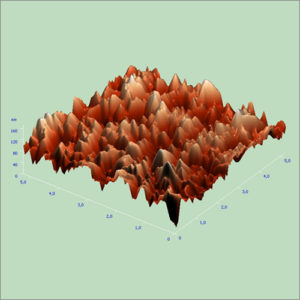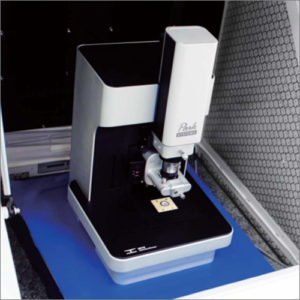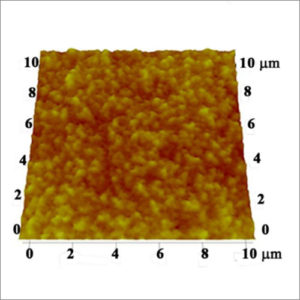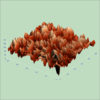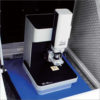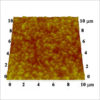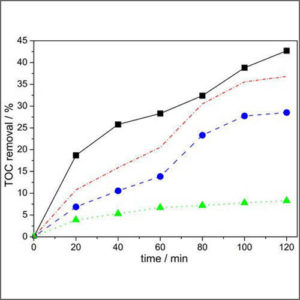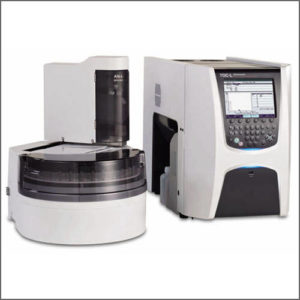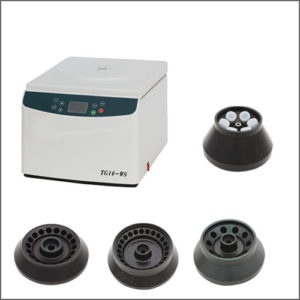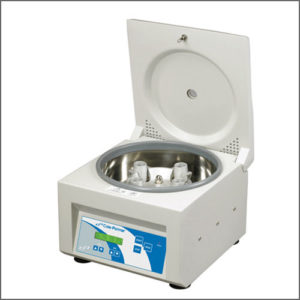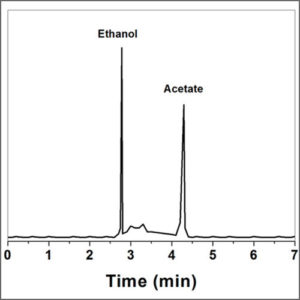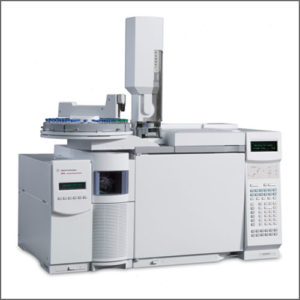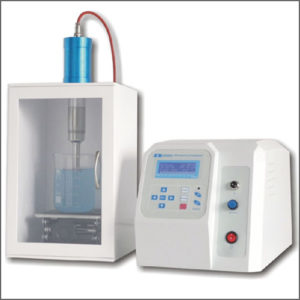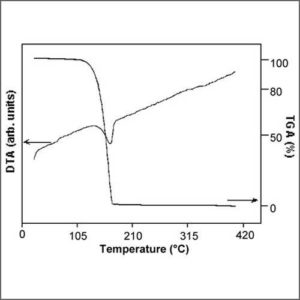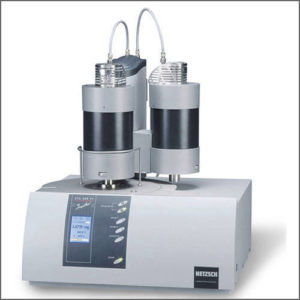Atomic Force Microscopy (AFM)
Atomic force microscopy (AFM) is a very high-resolution microscopy technology to study samples at atomic scale.
- Description
| Testing Method | Atomic Force Microscopy (AFM) |
| Description | Atomic force microscopy (AFM) or scanning force microscopy (SFM) is a very high-resolution type of scanning probe microscopy, with demonstrated resolution on the order of fractions of a nanometer.
Atomic Force Microscopy uses a cantilever with a sharp probe that scans the surface of a sample. When the tip of the probe travels near to a surface, the forces between the tip and sample deflect the cantilever according to Hooke’s law. And this changes the reflection of a laser beam that shines on the top surface of the cantilever onto an array of photodiodes. The variation of the laser beam is a measure of the applied forces.
Contact and Non-Contact Modes
There are two primary modes of operation for an atomic force microscope, namely contact mode and non-contact mode depending on whether the cantilever vibrates during the operation. In contact mode, the cantilever drags across the sample surface and it uses the deflection of the cantilever to measure the contours of the surface.
In non-contact mode, the tip vibrates slightly above its resonance frequency and does not contact the surface of the sample. Any long range forces, like van der Waals forces, decreases the resonant frequency of the cantilever. A feedback loop system helps to maintain the oscillation amplitude constant by changing the distance from the tip to the sample. Recording the distance between the tip and sample at each point allows the software to construct a topographic image of the sample surface.
Most samples will form a layer of moisture on the surface if stored at ambient conditions, and this can make it difficult to measure the sample accurately. If the probe tip is close enough to detect the short-range forces then it is close enough to stick to the moisture. One way around this is tapping, or dynamic contact mode.
Tapping Mode
In tapping mode, the cantilever uses a piezoelectric element mounted on the top to oscillate it at near to its resonance frequency with an amplitude of up to 200nm.
The forces cause the amplitude to decrease as the tip gets close to the surface, and the height of the cantilever adjusts to keep the amplitude constant. This tapping results in less damage to the sample than contact mode and is more accurate than non-contact mode when moisture is present on a sample. |
| More Information | Wikipedia: Atomic Force Microscopy |

